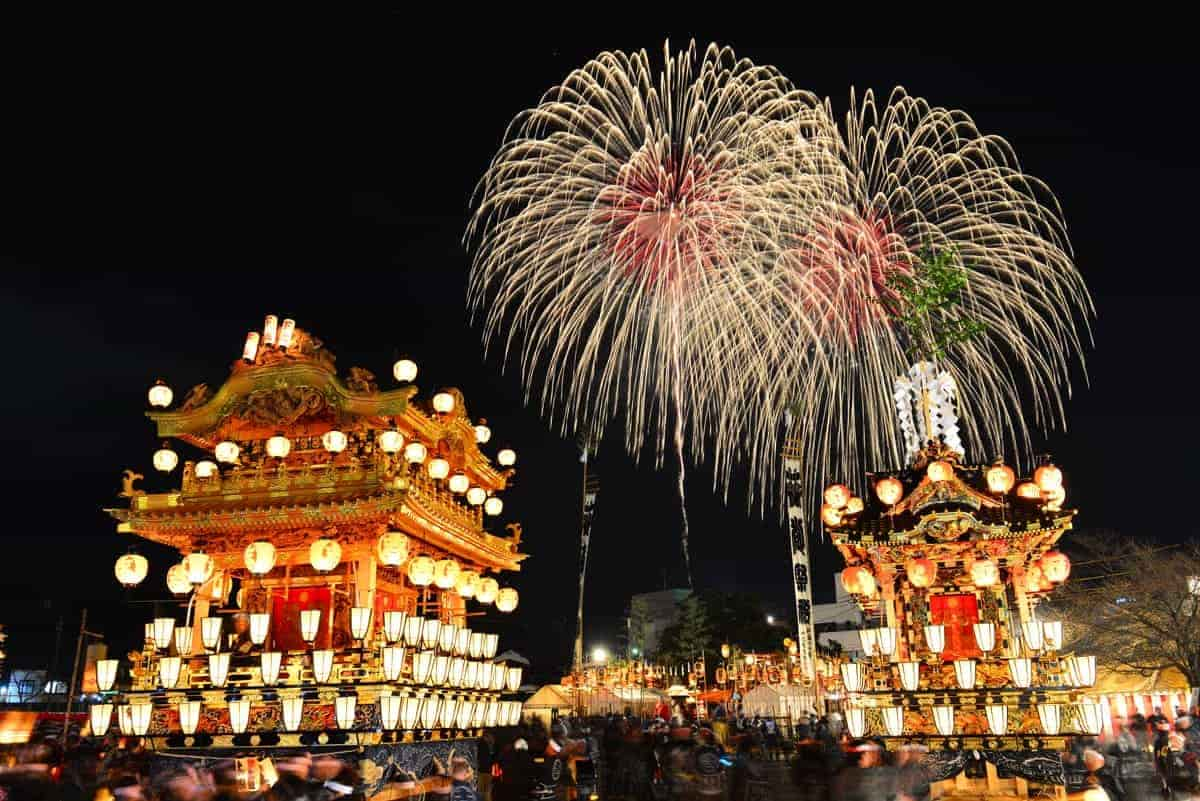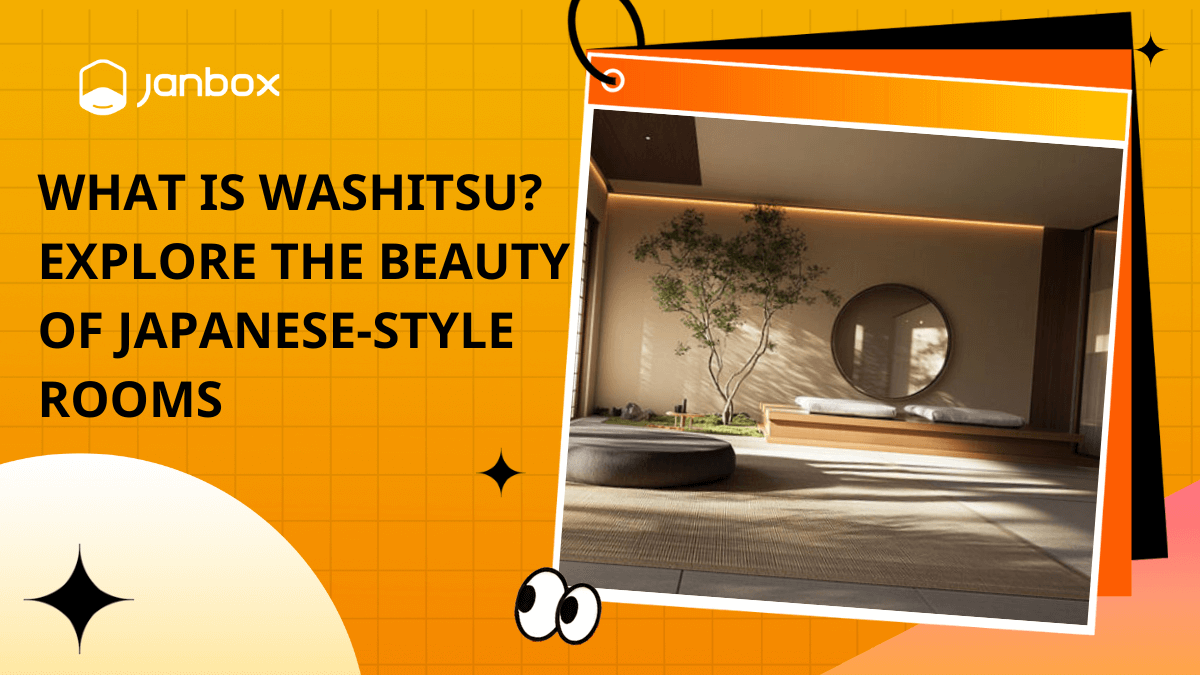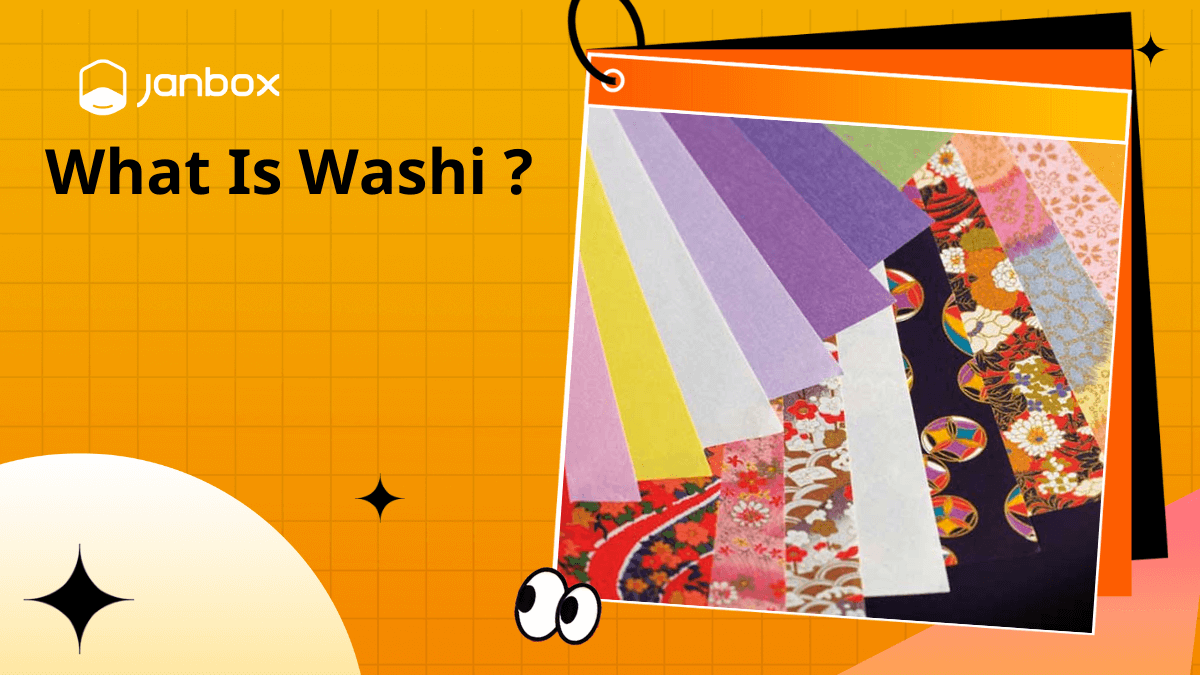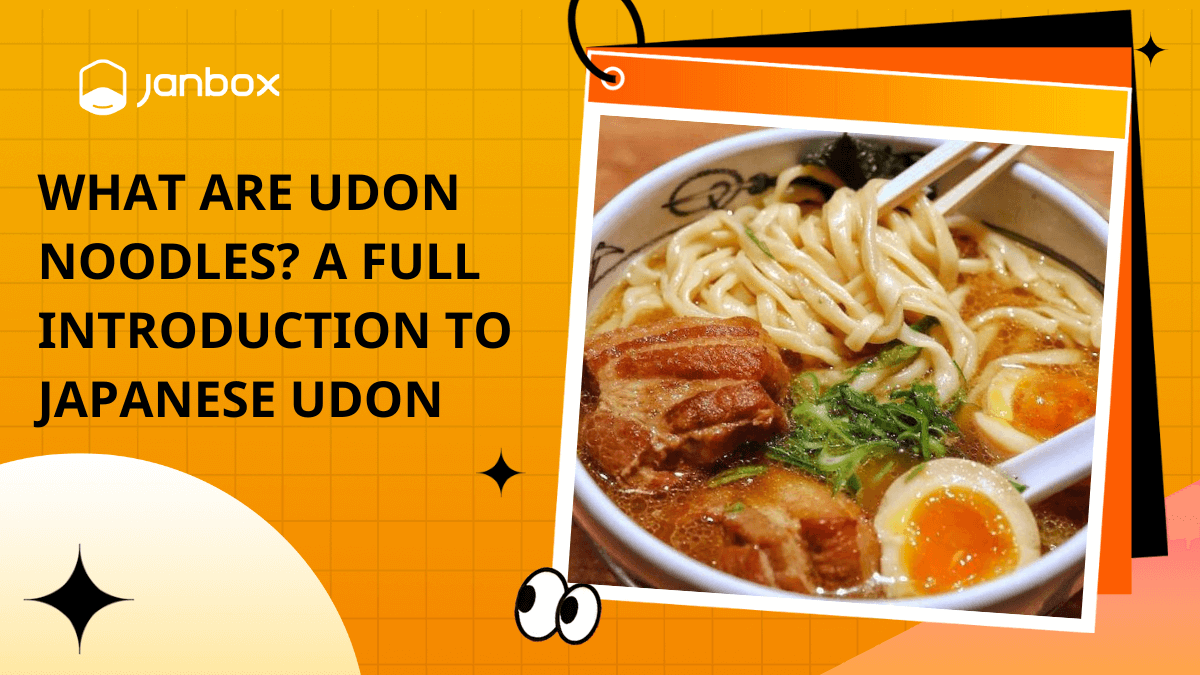Nothing matches a matsuri for those looking for a taste of traditional Japanese culture: mouthwatering foods, captivating parades, soulful music, charming costumes, and beautiful dances with profound spiritual and historical importance. You are fairly certain to locate a matsuri or other comparable event throughout the year, even if your trip doesn’t coincide with one of the major ones. So, guys, it’s time to do some research about what is Matsuri and what is it for, and join the fun whenever you have a chance to visit Japan!
I. What is Matsuri? What does Matsuri mean?
There is a pretty obvious and concise list that comes to mind when people consider things they could do in any of the cities located inside the Japanese archipelago. Experiencing sushi in the nation that originated and perfected the culinary art; touring historic temples surrounded by breathtaking scenery; and making use of the technology available in each city’s commercial areas. Matsuri celebrations, which draw hundreds or even thousands of people from around the nation practically every week of the year, are another example of cultural heritage.

In regard to the question of what is Matsuri, the most common translation of Matsuri into English is “festival.” This version, which emphasizes the joyful aspect of it, may confuse many people about the history of matsuris. So what is matsuri in Japan? Shintoism is where matsuris got their start. Although religion continues to be the primary reason for holding those matsuris, some of them are more season-oriented, such as the paddy harvest or sakura blooming. Originally, they were held to honor a shrine’s divinity (or kami).
During the day or days the festival is taking place, a lot of people are walking through the streets to rejoice, pray at particular temples if it’s a religious celebration, walk by with their families, and take part in the overall good vibes and party atmosphere.
There are many opportunities throughout the year to strengthen those crucial relationships in Japanese society since matsuri festivals are events that give everyone a sense of regional bonding. Almost every celebration concludes with a long and anticipated fireworks display as a finishing touch. You now have a justification for staying up late to sample meals and drinks, play games, and take in authentic Japan.
While many religious rites still exist, matsuris have changed to reflect the changing nature of Japanese society and the significance of religion to the Japanese people. Even while each matsuri normally has a well-known religious foundation, most of these gatherings are now only seen as local celebrations. There is always a matsuri to enjoy in Japan, regardless of where and when you are.
To name a few of the most significant matsuri events that you should attend, we should mention the following ones, including the Gion Matsuri (held in the city of Kyoto in July), Awa Odori – an August dance festival held in Tokushima, the Kanda Matsuri (held in the middle of May in Tokyo city), Yuki Matsuri – the snow festival held in the city of Sapporo in the winter, and Nebuta Matsuri (held in the city of Osaka in the summer). Beyond the specifics of each festival, they all share a few customs and pastimes that are integral to Japanese culture and specific to your enjoyment of Japan.
II. What are the purposes of matsuri festival events in Japan
By now you should have known what is Matsuri, right? But what are the purposes of these festivals? Keep reading on to find answer to this question.
Japanese matsuris can be split into two types based on their intended outcomes, according to some archeological theories: praying for a successful crop and warding off evil spirits. However, more matsuris with new goals have been held in more recent years.

1. Pray for a bumper crop
It is simple to envision that ancient people relied heavily on the harvest’s outcome each year to sustain their way of life. If one major natural disaster happens, it may seriously harm farm products like crops, which ultimately endangers people’s lives. People held festivals to pray to the harvest god for a stable and abundant crop throughout the year in order to avoid these situations. The well-known event for this purpose is Kinen-sai, which takes place in February at Ise Grand Shrine. In the fall, known as Niiname-sai, there are additional celebrations done to honor the harvest of the year.
2. Protect yourself from calamities, plagues and evil spirits
Festivals are organized to ward off any negative effects across the nation, particularly during the summer. People frequently experienced plague outbreaks, typhoons, and flooding, and their farm was harmed by pest insects in the summer. People began the festivals to honor the gods because they thought the damages were the result of divine punishment. The Gion Festival in Kyoto and the Tenjin Festival in Osaka are the most well-known events held for this reason.
3. Serve as a memorial service for ancestors
The Obon season, which is the customary occasion in August to commemorate the spirits of ancestors in Japan, is when many summer events are celebrated. During that period, it is said that ancestors’ souls will return to their homes. Bon-odori, a dancing performance that evolved from the ritual to welcome and comfort the souls, is a staple of Obon festivities. The two most well-known Obon festivals are Awa Odori and Gozan Okuribi.
4. Pray for a stable and peaceful country
Con người trong thời cổ đại bị ảnh hưởng bởi những căn bệnh khủng khiếp cũng như xung đột chính trị. Một số lễ hội đóng vai trò thiết yếu trong việc giảm bớt nỗi sợ hãi của người dân và khuyến khích họ hy vọng vào một xã hội hòa bình với một chính phủ ổn định.
5. Rejuvenate the community
Sakura (cherry blossom) and Sapporo Snow Festivals, both of which are relatively recent, are conducted throughout Japan to draw tourists and reinvigorate the local economy. Seasonal flower festivals can also be observed for the same reason, such as hydrangea festivals in Japan during the rainy season.
III. Top 5 of the most notable Matsuris in Japan
No one knows for sure how many festivals take place in Japan over the course of the year, but estimates vary from 100,000 to 300,000—all of them unique reflections of the history and culture of the local area. Here, we introduce a selection of 5 of the most notable festivals from around the country.
1. Sanja Matsuri festival (Mid-May, Asakusa Tokyo)
The Sanja Festival is a yearly celebration held in the Asakusa neighborhood on the third full weekend in May. The event honors the three Sensoji Temple founders, who are revered in the Asakusa Shrine right next to the temple. One of Tokyo’s most well-known festivals, Asakusa attracts about two million visitors over the course of three days.

About 100 portable shrines (mikoshi) with Shinto deities (kami) are displayed during the Sanja Matsuri in an effort to bring luck to the neighborhood’s businesses and people. The festival’s centerpiece, the three enormous mikoshi that belongs to Asakusa Shrine, first appear on Sunday, while smaller local mikoshi may be viewed throughout Asakusa’s streets throughout the celebration. Asakusa is jam-packed with food vendors, festival activities, and revelers during the duration of the event, all of whom are surrounded by the upbeat sounds of Japanese drums and flutes.
2. Awa Odori festival (Mid-August, Tokushima)
Awa Odori is one of Japan’s Three Great Bon Odori festivals in Japan, It is held in Tokushima City which is a remote prefecture on Shikoku Island. Tokushima City is often quite calm, but from August 12 to 15, every year, when almost a million people, including spectators and dancers from all over Japan, congregate in the downtown area for the festival, the city is changed. Although the Awa Odori dance began in this region more than 400 years ago, it is now performed throughout Japan, including Tokyo, due to its popularity.
Major streets are blocked off during this festival, and viewing areas are put up at various locations to watch the dancing. Around the river areas, a ton of yatai, or street food vendors, start to pop up, and Tokushima’s entire downtown area starts to feel like a busy outdoor festival, evoking analogies to Rio de Janeiro’s carnival.

3. Sendai Tanabata Matsuri festival (August 6-8, Sendai)
Tanabata, also known as the Star Festival, is a significant seasonal festival celebrated throughout Japan from July 7 through mid-August (depending on the area and region). People will write their wishes on rectangular “tanzaku” paper strips during this time, pray to the stars, then hang the wishes on the bamboo leaves. A vibrant, fascinating mood will be created by the decorations of multicolored streamers and bamboo leaves that will be displayed on streets, shopping malls, residences, and businesses.
The festival honors the star-crossed lovers Orihime and Hikoboshi, who are symbolized by the stars Vega and Altair and are divided by the Milky Way. The celebration was modeled after the Chinese Qixi Festival. They are permitted to meet once a year on the seventh day of the seventh lunar month, which corresponds to the start of Tanabata. The light emanating from Vega and Altair is thought to have been at its brightest during this time, prompting people to believe that the two deities were at last united.
While most of Japan now celebrates Tanabata on July 7, Sendai, the city that is home to Japan’s largest Tanabata event, celebrates it from August 6–8 in accordance with Japan’s former lunisolar calendar.

One of Japan’s most extravagant festivals, the Sendai Tanabata Matsuri was first publicized by the great samurai who founded Sendai, Date Masamune. During this season, bamboo, origami, tanzaku paper, drawstring bags, streamers, and other beautiful handcrafted Tanabata decorations cover the entire city of Sendai and its surroundings. The most striking is the thick, meter-long streamers suspended from enormous sticks of bamboo, which are meant to be enormous and extravagant.
4. Aomori Nebuta Matsuri (Early August, Aomori)
The Aomori Nebuta Matsuri, one of northern Tohoku’s most notable celebrations, is known for its massive, dramatic “nebuta” paper lantern floats that are shaped like gods, legendary animals, kabuki actors, and other figures. Early in August, the Nebuta Matsuri is celebrated simultaneously in practically all of the Aomori Prefecture’s regions. Aomori City, Hirosaki, and Goshogawara are popular locations to see it. The “haneto” dancers, who perform a spirited performance timed to music accompaniment while dressed flamboyantly, surround the floats.

The Tanabata/Obon celebrations of the Nara Period are where this practice first appeared as a rite to send the souls of the deceased (710-794). In contrast to the majority of these festivals, which feature small lanterns floating down rivers, those in Aomori have developed into enormous nebuta lanterns that can grow up to 5 meters tall and 9 meters wide. It continues to be one of Japan’s biggest events with over two million people mobilizing for it and is one of Tohoku’s Three Great Festivals.
5. Sapporo Snow Festival (Late January/Early February, Sapporo)
The Sapporo Snow Festival displays hundreds of enormous and exquisitely crafted ice and snow sculptures embellishing the city of Sapporo in an effort to brighten and cheer up the brutal cold of Hokkaido’s middle winter. While the Tsu Dome in Higashi Ward and the surrounding area of Susukino also feature a great range worth checking out, central Odori Park serves as the festival’s primary destination.

Lịch sử của Lễ hội tuyết Sapporo khiêm tốn và ngắn gọn so với nhiều lễ hội khác trong danh sách này. Một nhóm học sinh trung học trong khu vực bắt đầu tạo ra các tác phẩm điêu khắc ở Công viên Odori bằng cách sử dụng tuyết đã được cày xới và bỏ hoang làm vật liệu xây dựng.
The number of skilled and enthusiastic sculptors who attended increased year after year as they competed to outdo one another. The ice and snow sculptures lining the frozen streets are now drawing nearly 2.5 million tourists from Japan and overseas, and they get bigger and more impressive every year. Additionally to the festival are breathtaking illuminations, projection mapping, ice skating, food vendors, snow slides, and other activities that make it entertaining enough to brave the cold for!
Conclusion
You should be aware of what is Matsuri by now. And as you can see, Japan seems to celebrate matsuri every day of the year, no matter what time of year it is. There are always parties going on in this vibrant nation, from the large to the extremely small, from the conventional and historic to the truly bizarre. Do you participate in any Japanese matsuri? If so, please share your insights in the section below.
- Trang web: https://janbox.com
- Email: [email protected]
- Facebook: https://www.facebook.com/janbox.com.en








